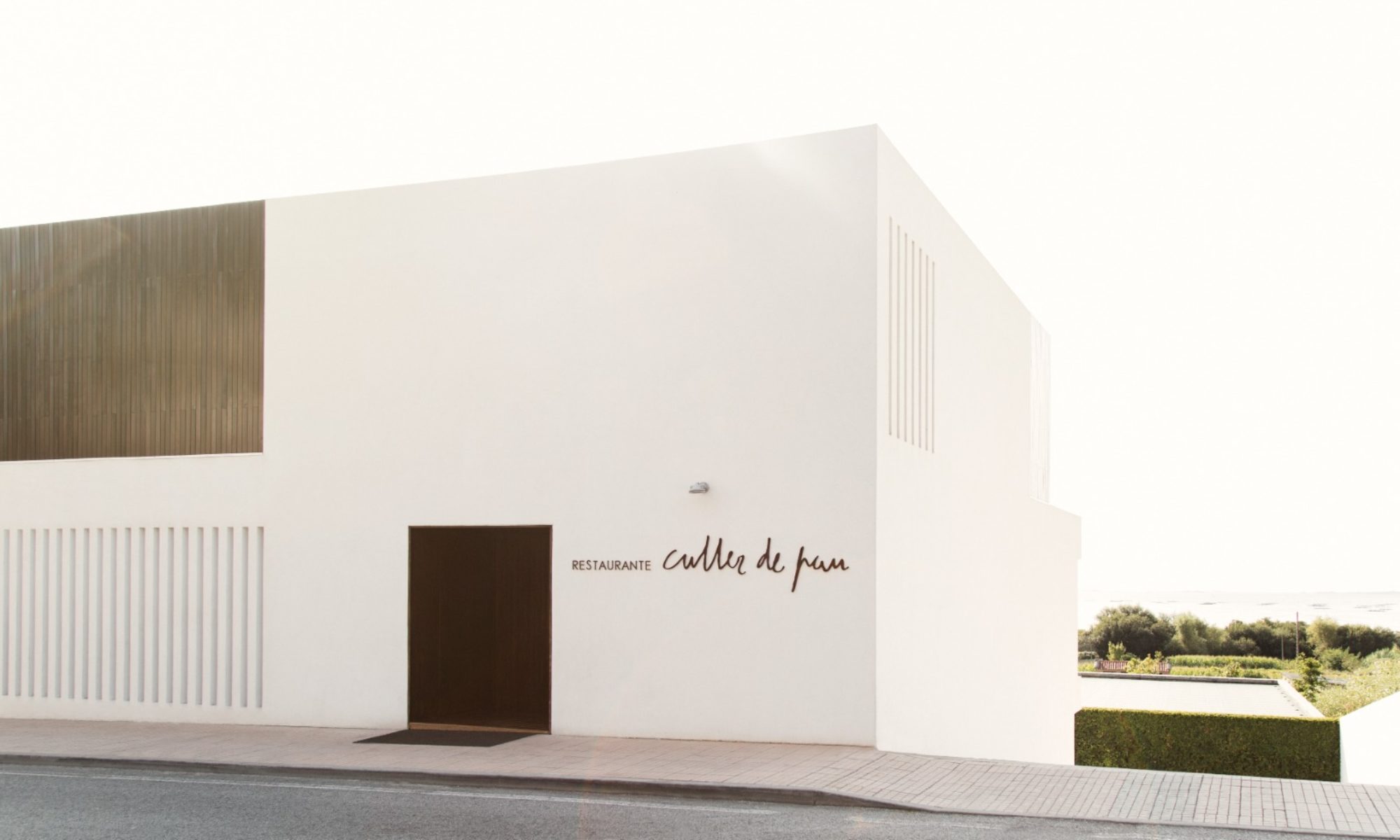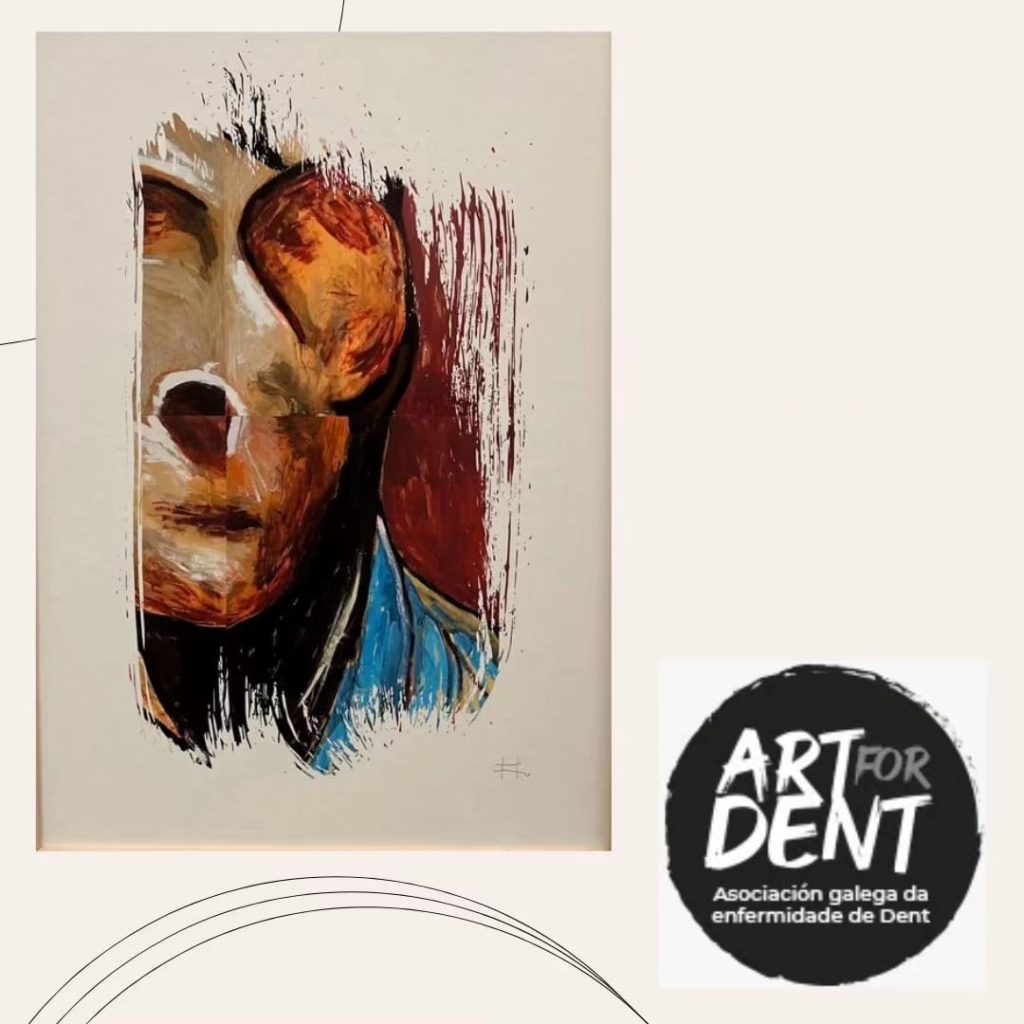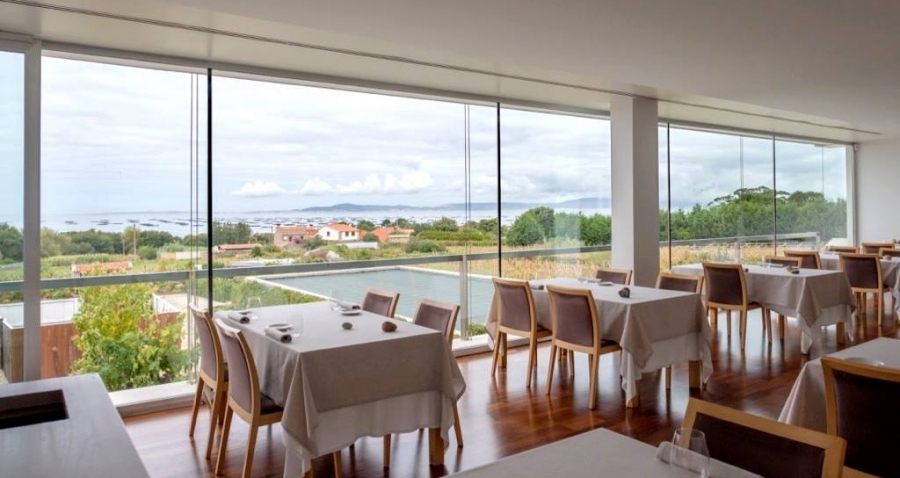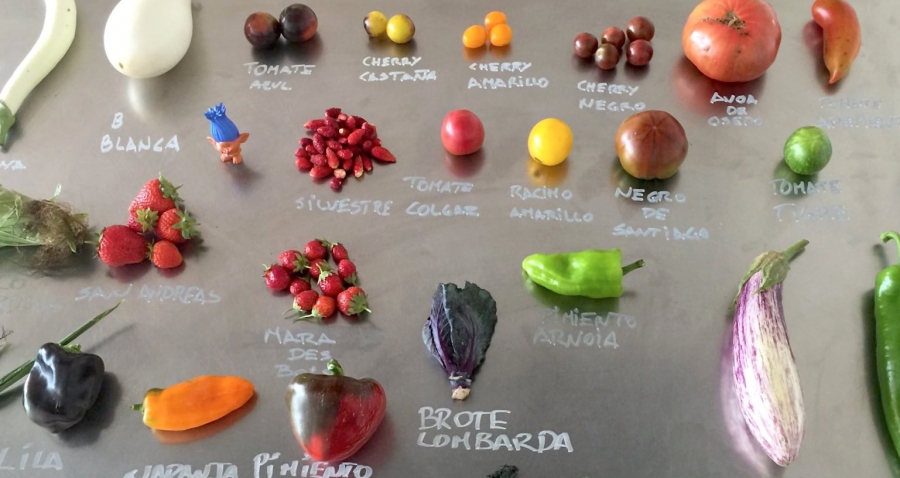Las mujeres, los marineros, la cultura rural gallega, el guiño oriental, la terra, el mar… inspiran la nueva ropa de trabajo de Culler en lino, bambú, cuero y tejidos técnicos, de nuevo con la inestimable colaboración de Inés Rir: sensibilidad, talento y pasión… Mil gracias a ella y a todos los artesanos, cuyas manos dotan de vida a los objectos convirtiéndoos en únicos; son esenciales para entender #Galicia y mostrarla al mundo.
Después de haber realizado el anterior proyecto “Meu mundo nun pano“, en el que profundizamos en las raíces del tejido y la comida en Galicia, intensificamos la fructífera colaboración con Inés Rir de nuevo, con la que compartimos visión del trabajo y de la cultura gallega, hondas raíces y deseos de emprender proyectos en común.
El diseño de los delantales y los uniformes y la propia chaquetilla de cociña estuvo basado en distintas inspiraciones, todas de origen gallego. Por un lado las mujeres, tan importantes en nuestra cultura, acostumbran llevar unos mandilones que las caracterizan y tanto les sirven para cocinar como para ir a la huerta, casi como ocurre en Culler de Pau.
Tanto para Inés como para Javier e Amaranta las mujeres en nuestra cultura son vitales y en homenaje a ellas, en los delantales las piezas se superponen y rompen el eje para dar el sentido de ese cruce que también se utiliza en la delantera de los uniformes.
Estos nacen de la semejanza de la chaquetilla de cocina con esta pieza de mujer; su corte limpio también nos recuerda el gusto por Japón de Javier y la presencia tan importante de Taka en el restaurante y en la vida de todos los que formamos el equipo de Culler. La sencillez de formas, la mano que se tiende y se deja a la vista del comensal, quiere reflejar honestidad del servizo y la cocina. Además, esa manga aporta una comodidad a la hora de trabajar.
La chaqueta, que combina de nuevo el lino en gris piedra –onmipresente en el mundo de materiales de Culler de Pau–, con un nuevo tejido técnico que se emplea en el deporte, aporta ligereza y además mantiene al persoal seco ya que absorbe la humedad. El pantalón también se inspira en la ropa deportiva y permite al personal de sala libertad de movimientos y una imagen más moderna y ligera.
En lo tocante a los delantales hay varios modelos en tejido artesano en lino a tono con el resto de los tejidos artesanales de Culler. La tira del cuello es de cuero de cabra natural, y se saca para lavarlos. La novedad reside, además del deseño, que es exclusivo, en el material con el que está hecho, que es el que emplean los marineros para sus chaquetas de navegación. Este tejido técnico es lixeiro y repele el agua y las manchas, se seca rápido y resulta un contraste muy interesante con el lino del tejido artesano.
Todas estas piezas fueron diseñadas en exclusividad para el equipo de restaurante Culler, en consenso con Amarante y Javier. Además, este proyecto fue íntegramente hecho en Galicia (agás os tecidos técnicos), respondiendo así a unos principios do sostenibilidad y a valores de empleo e cercanía de proveedores en los que ambas empresas coincidimos. El tejido artesano fue hecho en un telar tradicional gallego de forma totalmente manual.
‘La mano es la herramienta del alma, su mensaje’ [Miguel Hernández]















